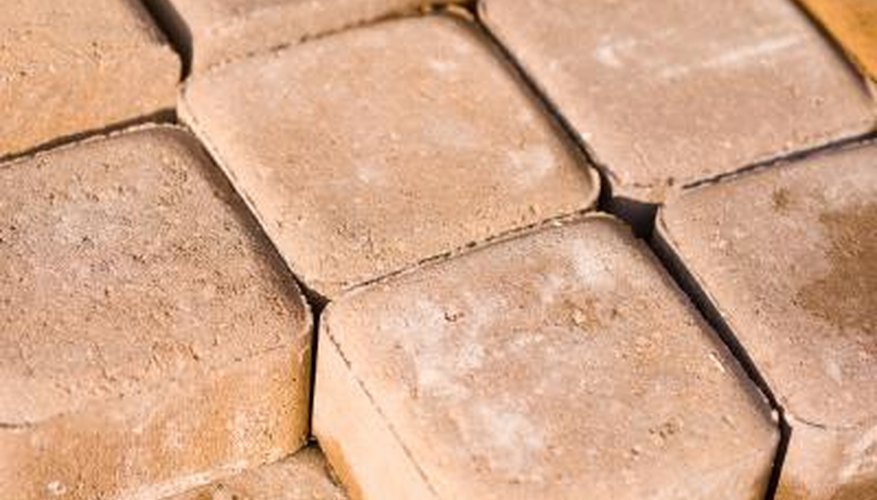Terracotta -- which comes from the Latin "terra cocta," or "baked earth" -- refers to clay-based ceramic materials. These materials, which are usually brownish-red or orange-red in colour, are porous; this means water will come through the material unless it is sealed. Sealing or waterproofing a terracotta pot can make it a more hospitable environment for plants, as it will keep in more moisture.
Clean the pot thoroughly. Using water and mild dish soap, scrub the surface of the pot -- both the inside and the outside -- until you remove all dirt and debris. You may choose to use a brush (similar to the kind you'd use to scrub dishes) to help remove this dirt.
- Terracotta -- which comes from the Latin "terra cocta," or "baked earth" -- refers to clay-based ceramic materials.
- You may choose to use a brush (similar to the kind you'd use to scrub dishes) to help remove this dirt.
Choose how you want to use the pot. Options include using the pot as a planter, as a water feature or simply as decoration; the last option does not require waterproofing.
Paint the inside of the pot with water- or oil-based polyurethane. While either of these materials will work, the website "Crafters Love Crafts" recommends using the oil-based material, which will last longer. Use two to three coats to completely cover the inside of the pot, including the walls and bottom.
Apply a layer of exterior varnish to the inside of any pot that will be part of a water feature, such as a fountain. This extra layer of protection will completely waterproof the inside of the pot from leaks.
TIP
It is not necessary to waterproof the outside of a terracotta pot, unless you prefer the glazed look waterproofing produces for aesthetic reasons. If you choose to seal the outside of the pot, use the same exterior varnish used for waterproofing the inside of fountain-feature pots.
